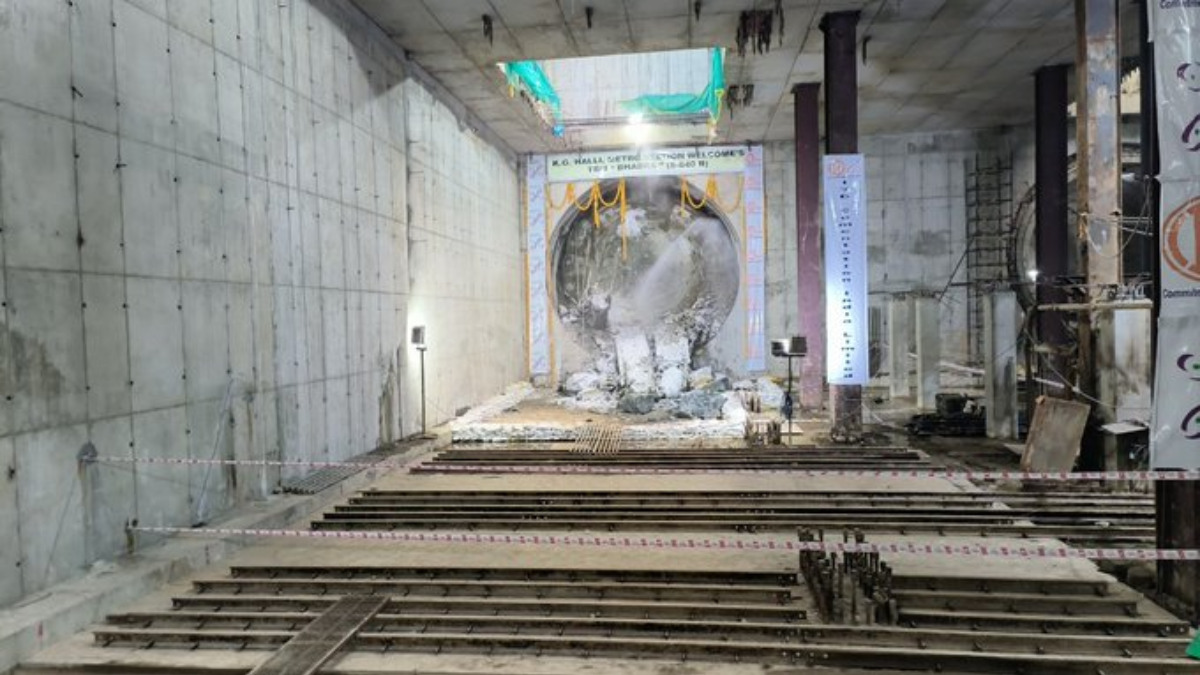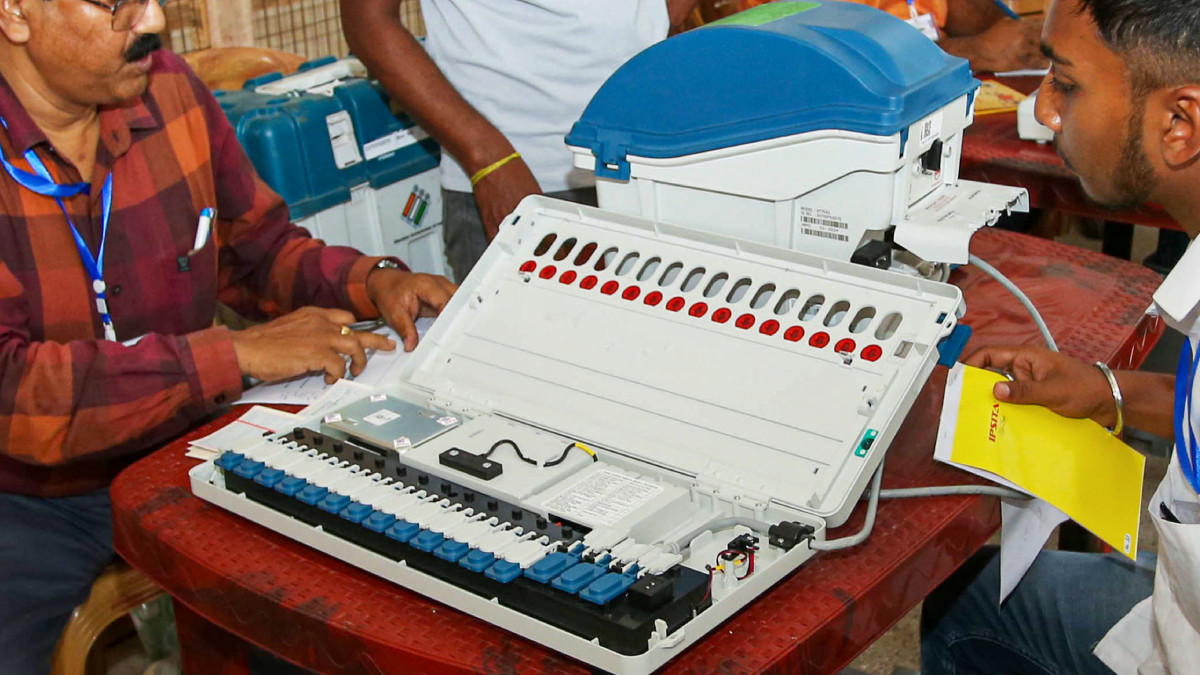
Too much radiation might prevent astronauts to make it to Mars
London, September 17 (ANI): A panel tasked by the White House with reviewing NASA's human space flight activities has suggested that radiation may be the biggest hurdle to human exploration beyond low-Earth orbit and could put a damper on a recently proposed mission to Mars orbit.
According to a report in New Scientist, the panel said that the insidious threat of space radiation in the form of galactic cosmic rays could keep astronauts confined much closer to home.
The rays are actually speeding protons and heavier atomic nuclei that rain onto our solar system from all directions.
They can slice through DNA molecules when they pass through living cells and the resulting damage can lead to cancer.
People on the ground are protected by our planet's atmosphere and magnetic field, which also provide some protection to astronauts on the International Space Station.
Lunar missions are short enough to keep radiation risks low, and the moon itself blocks half of the incoming particles.
But, crews on long journeys beyond low-Earth orbit would have no such protection.
Relatively lightweight aluminium or plastic shielding can block charged particles from the sun. But, it would take impractically thick and heavy shields to stop the higher-energy galactic cosmic rays.
"Shielding is not a solution to the risk problem," said Frank Cucinotta, chief scientist for radiation studies at NASA's Johnson Space Center in Houston, Texas.
It would take impractically thick and heavy shields to stop high-energy galactic cosmic rays.
Alternative technologies, which would generate bubbles of plasma that could protect spacecraft without adding much weight, are still at an early stage of development.
Estimates of how much a given dose of space radiation increases the risk of cancer are fraught with uncertainty.
But, calculations by Cucinotta and his colleagues suggest the trip would not meet NASA's existing rules, which aim to keep each astronaut's lifetime risk of fatal cancer from space radiation below 3 per cent.
For journeys outside Earth's magnetic field, astronauts could reach that limit in less than 200 days in a spacecraft with aluminium walls nearly 4 centimetres thick, according to worst-case scenario estimates.
But, the White House panel expects a round-trip mission to a Martian moon would take four times as long, lasting 750 days.
Since such trips would expose astronauts to more radiation than is currently allowed, the panel asked NASA if it would consider simply accepting higher risks for the missions.
According to Steven Lindsey, head of NASA's astronaut office, most astronauts would probably be open to the idea. (ANI)


 Click it and Unblock the Notifications
Click it and Unblock the Notifications















